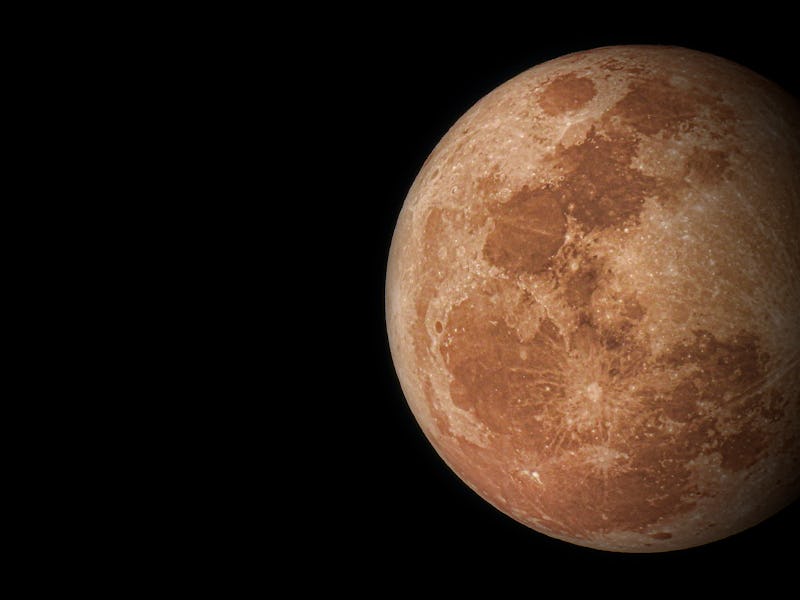You need to see the last Supermoon of the year
The Strawberry Supermoon is here to welcome summer time.

The Moon is credited for a lot of things such as the tides, the seasons, and regulating our sleep cycle. But besides all of that, it is just a cool place to stare during its brightest, shining moments.
On June 24, Earth’s only natural satellite will be in its full Supermoon glory, meaning that it will appear bigger and brighter than its monthly Full Moon state.
This is your last chance to catch a Supermoon this year as the Strawberry Supermoon will be the third and last of the year 2021, so be sure to camp outside for this rare sight.
What is a Supermoon?
The Moon takes 27 days, 7 hours, and 43 minutes to complete one orbit around our planet.
- As the Moon makes its way around the Earth, it goes through a lunar cycle marked by differences in its brightness and how large it appears in the night sky.
- A small sliver of the Moon’s crescent appears in our skies at the beginning of its cycle, before it waxes to become a full Moon at the peak of the cycle.
- After that, it begins to wane into invisibility once more before beginning anew.
The Moon goes through different phases as it makes its way around the Earth.
A Supermoon is when the Full Moon coincides with the Moon’s closest approach to Earth during the lunar cycle.
During the Full Moon, the Moon bears its whole face to our view from Earth as our planet sits right between the Sun and the Moon. As a result, the side of the Moon facing us becomes fully illuminated by the Sun’s beaming light.
Around three to four times a year, however, the Full Moon also takes place when the Moon happens to be closest to the Earth during its orbit. The proper astronomical term for it is Perigean Full Moon — referring to the closest point in the moon’s orbit, called a perigee.
The name Supermoon actually comes from astrology, which is why it’s not favored by most astronomers, but it does sound a lot cooler.
The Supermoon appears around 7 percent bigger and 15 percent brighter than it normally looks from our view from Earth.
What time is the Supermoon?
On Thursday, June 24, the Strawberry Supermoon will grace our skies.
It is referred to as the Strawberry Moon because it takes place around the same time as the strawberry harvest in the summer season, a name given to it by Native American tribes according to Old Farmer’s Almanac.
The Supermoon will rise at 8:53 p.m. Eastern; afterward, you can stare at the full beauty of the lunar satellite.
How to see the Strawberry Supermoon?
In order to view the Supermoon, look towards the east around the time that the Moon rises in the sky. It will move towards the west over the course of the night.
If you’d rather not go outside, you can also view the Supermoon online through the Virtual Telescope Project. The website will begin streaming the Supermoon viewing at 7 p.m. UTC (3 p.m. Eastern).
When is the next Supermoon?
This year, the Moon graced us with three opportunities to view it in all its glory.
This upcoming Supermoon will be the last of the year 2021, but there’s plenty to look forward to next year. The first Supermoon of the year 2022 will fall on May 16.
This article was originally published on